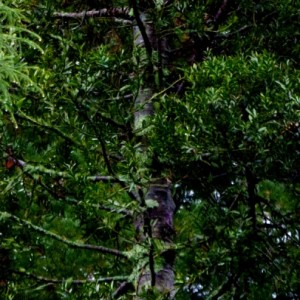Kauri ricker
Back to Titirangi this morning to meet with C, Mr H and Young L. As part of the first stage developments, we want to replace the old carpets in the two upstairs rooms. The young men had a sharp Stanley Knife each and cut the wall to wall carpets and lifted them and rolled them up, and then stacked them in the garage. They worked hard and efficiently and completed the job before S' Melbourne brother and his wife arrived to be our first overseas visitors!!
Later, daughter J and an architect friend (she was the onsite architect for the changes we made to Fidelis as J was still in London at that time) came and it was really interesting to follow them around as they discussed various things from their slightly different perspectives. It seemed to me that overall, what S wants to have done is doable and good. Cost may yet prove to be a game changer.
Late in the afternoon during one of the few breaks in the nearly constant drizzle (which is good for the trees as the water will permeate the soil), I took a photograph of a young Kauri tree; a ricker. This young Kauri has the typical conical shape of the ricker. It grows tall and straight for uo to 30 m (commonly) and occasionally twice as high. The trunk diameter of this young tree, I would estimate to be about 0.3 m (or one foot in imperial measure). It doesn't taper until quite near the top.
That last fact made these young Kauri valuable to the English in the 19th century, resulting in devastation of the groves of young Kauri. Felled to provide masts for the British Navy, this resulted in a major failure in the natural staged replacement of older trees. They were also felled for their timber.
This beautiful and stately tree is on our land. We must ensure that there is little or no walking close to the trunk as the Kauri feed by small roots close to the surface around the base of the tree.
I have enlarged a portion of the trunk and foliage as an extra for today.
Back in Fidelis this evening.


Comments
Sign in or get an account to comment.


